Designer Profile: Olivia Aspinall
My first contact with surface designer Olivia Aspinall’s work was in 2014, late on in the academic year at Central Saint Martins. It was one of those instantaneous ‘What’s that? It’s great!’ moments that stopped me in my tracks. I was there to teach on a second year module but was lucky enough to stumble across Olivia’s work and had a chance to talk to her about the unusual printed wallpapers, rock-like objects and spotted slabs in her studio.
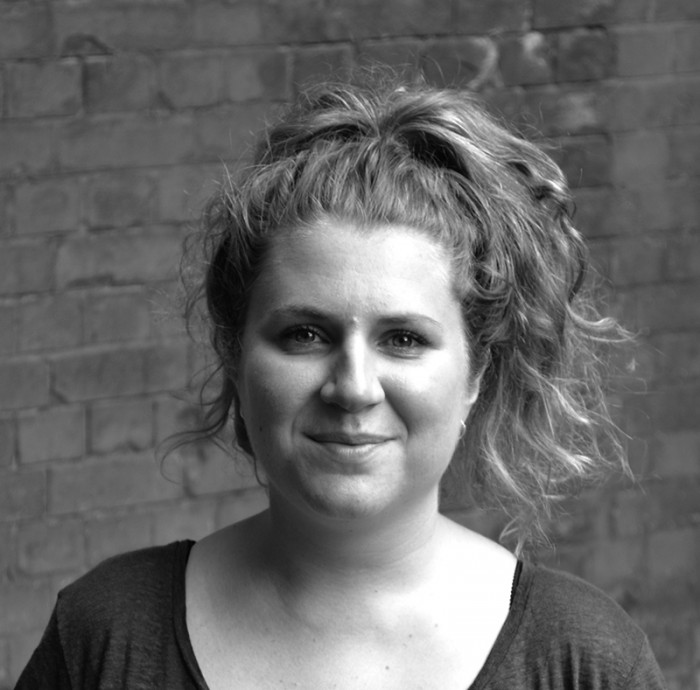
She explained that having been introduced to the disciplines of knit, weave and print she had favoured the latter but had found that a natural interest in texture and surface quality had led her to experiment with hard surfaces, something that she has continued in her practice ever since. That collection was called Prime Matter and was driven by the concept of “elevating materials from the earth by using them within the design process.” Coal from her home town of Nottingham and chalk from Dover were collected, ground down and added to her print inks for screen-printing wallpaper as well as being combined with plaster to cast solid slabs.
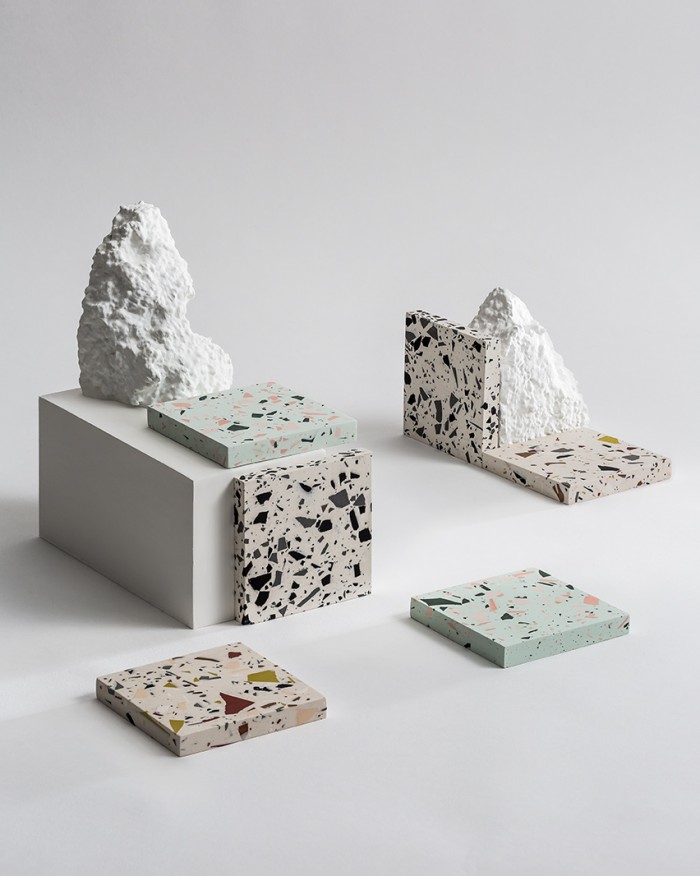
At that stage the hard surfaces were a secondary element of her practice but having had a hugely positive response at her graduate degree show, coupled with gaining invaluable work experience in the interior design world she set about developing a range of solid surfaces. Realising that the plaster she had been using would not withstand a commercial application the new aim was to create a durable yet decorative surface that might offer an alternative to conventional stone, tile and cast surfaces. Like any good designer she set about sampling, testing an array of substances within each new mix, until she came across the perfect solution. Ordinarily used in the construction industry for reproducing masonry or within sculptural applications, the discovery of Jesmonite offered a turning point for Olivia.
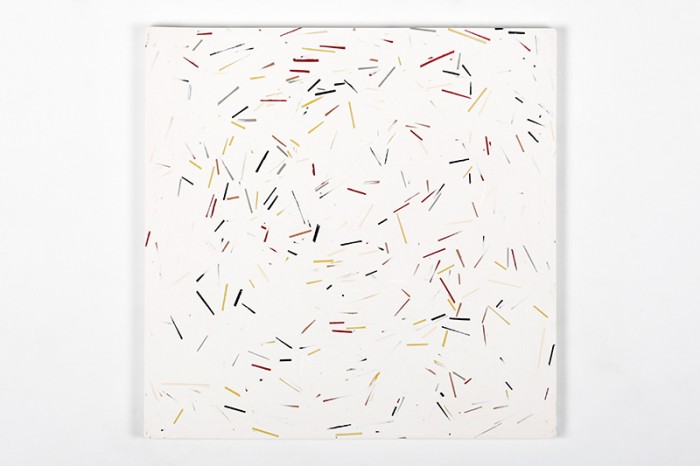
Stick by Olivia Aspinall Studio
Jesmonite, a water-based composite that combines natural raw minerals with acrylic polymers, is strong, light weight and importantly for Olivia, could hold colour really well. When first experimenting with the material she realised that there were some useful crossovers with her training as a printer:
“I started using all the skills I had learnt whilst studying printed textiles and applied these to the hard surfaces I was producing. When handling Jesmonite and pigments I work in the same way I would if mixing printing paste for screen-printing. Through trial and error I found that I can work from a small selection of pigments which allow me to mix any colour I need.”
The versatility of her new surfaces opened up a wide range of applications, which meant she could start sharing them with the A&D community as viable options for interior schemes. One of the first interior projects she worked on was a commission by Studio Ashby who asked her to create a dining table for a high-end apartment. Working closely with the team at Studio Ashby she not only created a bespoke colour palette, referencing some of the soft furnishing and other surfaces that would be used within the project, she also had to overcome some of the biggest technical challenges to date in creating the surface at a far larger scale than ever before.
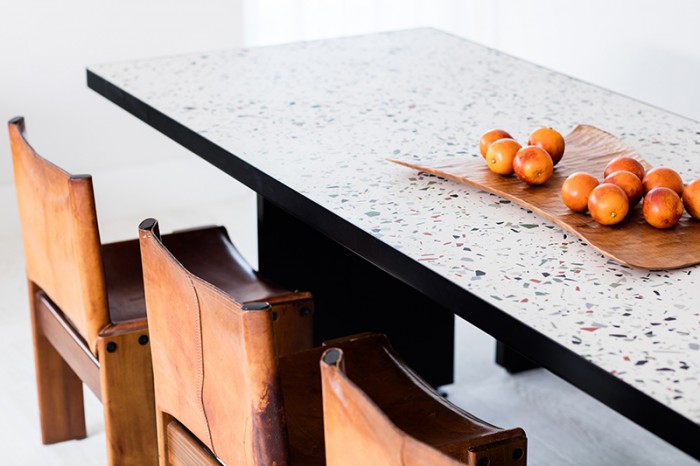
Olivia Aspinall Studio x Studio Ashby
Whilst the ability to create bespoke colour and pattern offers flexibility to create bespoke surfaces, Olivia was also intent on creating her own collection. In 2016 she launched two original ranges in Jesmonite at the London Design Festival. Chip offers a fresh twist on traditional speckled terrazzo whilst Stick has an even more graphic and playful feel with it’s dashed contemporary design. This year Olivia will once again be launching new surfaces from her growing collection. Expect new colourways that take her refined palette and push it toward bold and exciting new shades. I for one can’t wait to she what she’s been working on!
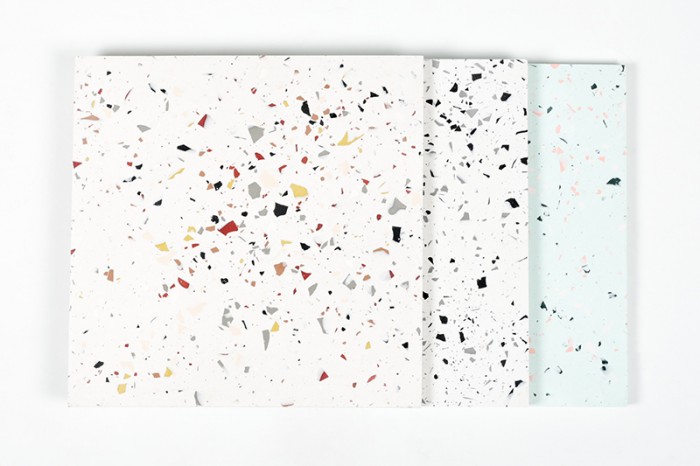
Chip by Olivia Aspinall Studio
Want to see more? then check out the Olivia Aspinall Studio Website www.olivia-aspinall.com




